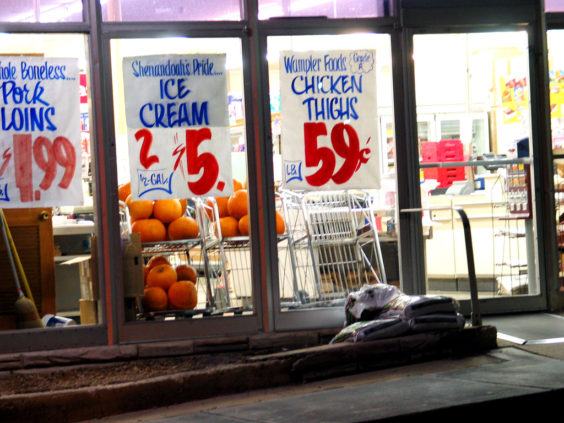
BOGO… 10 for $10… 25% off… the typical grocery store has a dizzying array of different types of discounts available at any given time. But which type of discount is most common, and best for your budget? A team of researchers decided to find out.
In their report “Price promotion landscape in the US and UK,” consumer behavior and marketing researchers from the University of South Australia studied several years’ worth of grocery promotions, to find out which products are most frequently on sale, which are most heavily discounted, and which type of sale is most prevalent. One of their goals is to help retailers come up with sales that we, their customers, will respond to.
The report, due to be published in the next edition of the Journal of Retailing and Consumer Services, found that nearly half of all items in 16 product categories went on sale at some point. That lends support to the notion that if you don’t want to buy something at full price, just wait – because either your preferred brand, or a competitor, is bound to go on sale before long.
That’s especially true if you’re in the market for frozen pizza, cookies or ice cream. About two-thirds of items in the frozen pizza and cookie categories went on sale during the study, and three-quarters of all ice cream was discounted at some point.
You’ll have less luck finding good deals in categories such as meat, condiments and baked beans – all of which featured sales on just about a third of their products. The rest were sold at full price, all year round. So if you see good sales in these categories, you might want to pounce, because those sales might not come around again.
As for the specific types of discounts offered, the least common in the study was buy-one-get-one-free. The most common was a simple price-off deal, accounting for a quarter of all offers. Multiple-unit promotions, such as “3 for $5”, were not far behind.
And the more popular the product, the more likely it is to go on sale in multiples. The most heavily promoted categories, such as frozen pizza and ice cream, often require you to buy more than one to get the deal. The one exception is pet food, which is not among the most heavily promoted categories, but which the researchers found rarely offers straight cents-off sales, opting instead for multiple-purchase discounts.
Overall, the average discount offered across all categories was 25% off. Cereal led the pack with an average discount of 32%, followed closely behind by chips, soup, pizza, ice cream and coffee. The butter and margarine category offered an average discount of a mere 10%, while cat food had an average discount of just 6%.
So what does it all mean? You may already know never to buy ice cream or frozen pizza if it’s not on sale, and that it can be nearly impossible to get a deep discount on cat food – and this research just confirms that.
But what an informed shopper already knows, the researchers say some retailers may not. The increased prominence of certain types of price promotions “has been shown to reduce the effectiveness of this activity,” they write. So understanding just how commonplace certain promotions are, might prompt some retailers to come up with alternatives. “The reduction of effectiveness due to proliferation and consumer habituation would then stimulate innovation and creation of new promotional techniques in the industry,” the researchers conclude.
So if you’re tired of seeing the same old deals on the same old products, just wait. If your store managers are eagerly awaiting their copy of the next Journal of Retailing and Consumer Services, some new and exciting sales just might be right around the corner.
Photo by taberandrew










